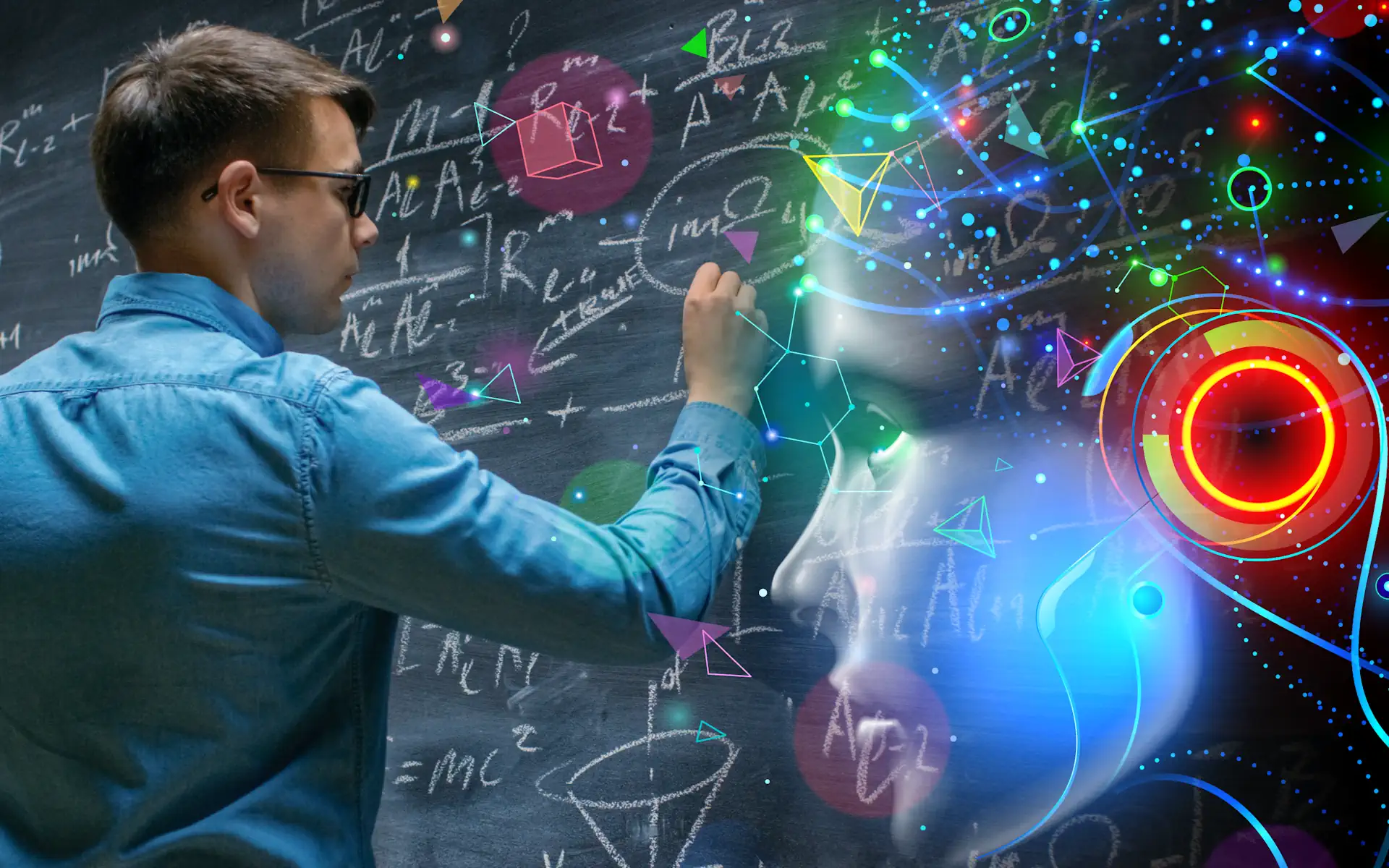The astonishing progress of artificial intelligence (AI) learning has raised fundamental questions in almost all fields of human creation, including the arts. With the rise of machine learning algorithms that can create music, paintings, poetry, even film scripts, the distinction between human and machine art has never felt less clear. And this is no mere technological miracle: the implications of this are intensely philosophical and go to the very core of how we understand creativity, authorship and aesthetic worth.
In Philosophical Aesthetics, the issue of whether graffiti qualifies as art has become a subject of great debate. Historically, the authenticity of art has been linked to the motivation of the creator, singularity of expression and the emotional content of the artwork. The image of artists as transmitters extracting something from individual experience, cultural context or imaginative insight that speaks to human beings seemed to me to miss the mark. But can that means an algorithm, which is not sentient or emotional, create art of the same aesthetic or cultural value?
Many such tools achieve beautiful results, but they achieve them by pattern matching, not true understanding. Which leads to the question, if the process is computational and not emotional or intentional art, is the output really art? Or, more provocatively, do we need to reimagine what art is for, in the age of intelligent machines?
This is an argument of authorship. In AI-generated work, who is the “artist,” the programmer, the user who triggers the AI or the machine itself? The artistic vision in many cases is a joint venture between human and machine, but the human partner may play less of an active role, offering suggestions rather than creating the final product. There inproportionacies, has spawned legal and ethical conundrums, particularly in copyright law, where human authorship is avehicle of protection.
Just as important is the issue of creativity. Creativity in traditional Philosophy, in particular in Aesthetics, has been seen as an exertion of our thought involving intuition, originality and a conscious interaction with artistic tradition. AI, though, is bound by its training data and programmed goals. It can’t encounter the world, experience emotion, or confront the existential issue at hand — aspects of the human condition that have been the subject of great art.
Not with standing those limitations, some academics have suggested that AI may be something of a boon rather than the enemy of human creativity. Through creating something unexpected or through imitation of different styles AI has the power to stimulate artistic and design directions. This way it is not a rival, but a partner.
Finally, AI’s intrusion into the arts challenges us to question venerable tenets of Philosophical Aesthetics. As machines become better at making things, we have to face a basic question: Is the value of art located in where it comes from, in the process, or in who experiences it? And how do we maintain human artistic identity in a world increasingly molded by algorithmic intelligence?

Leave a Reply
You must be logged in to post a comment.